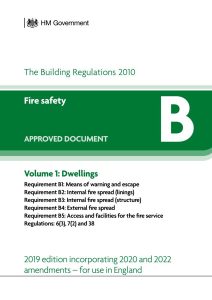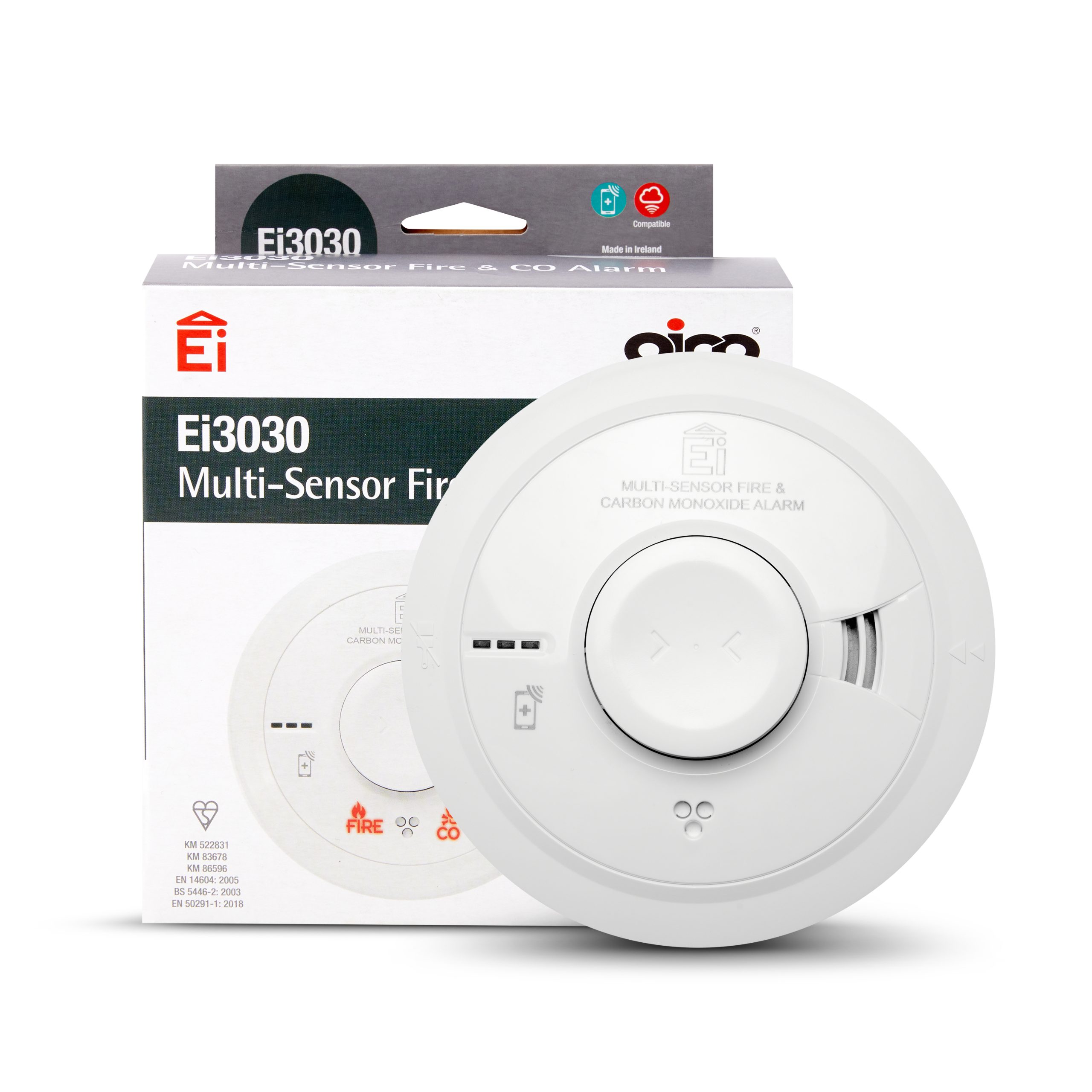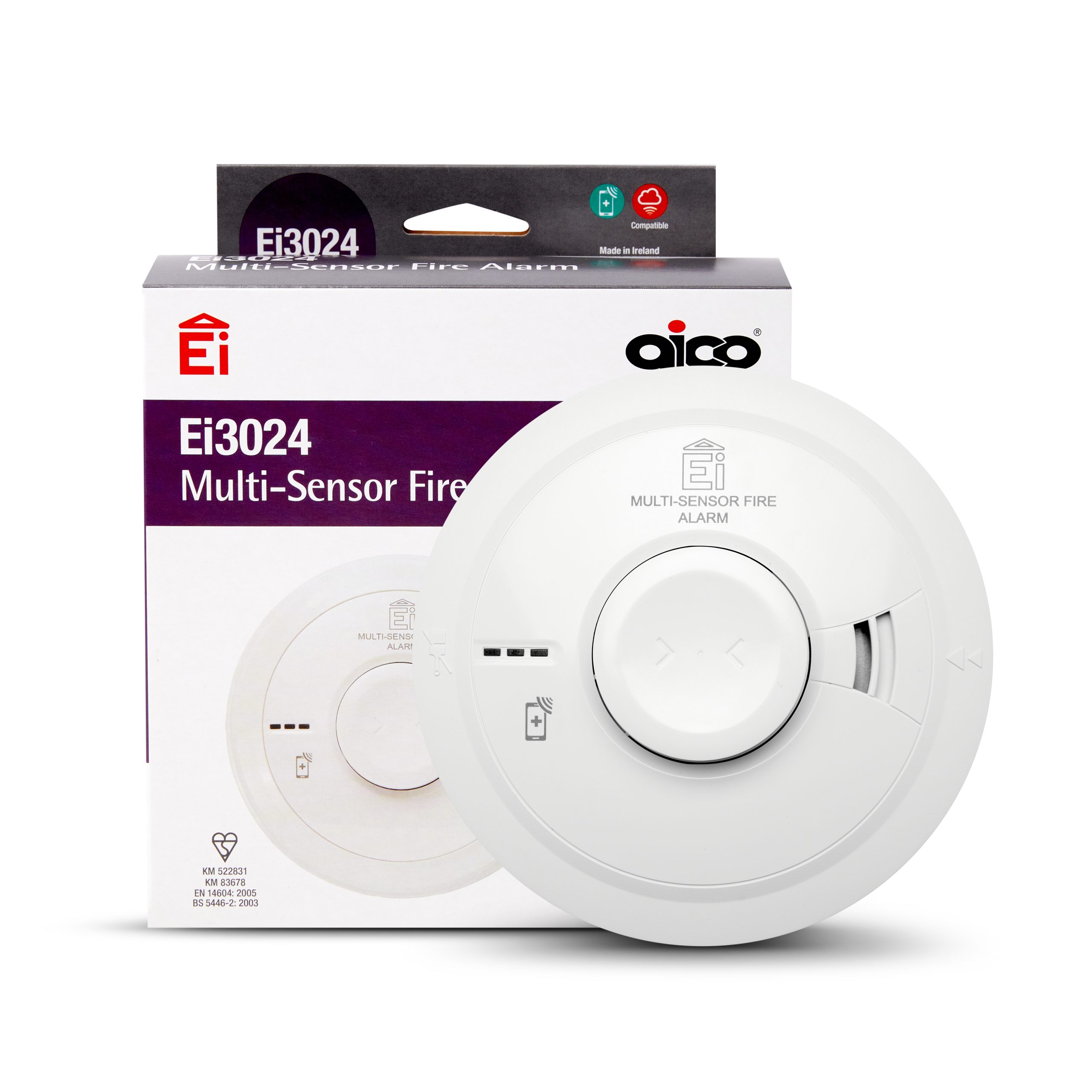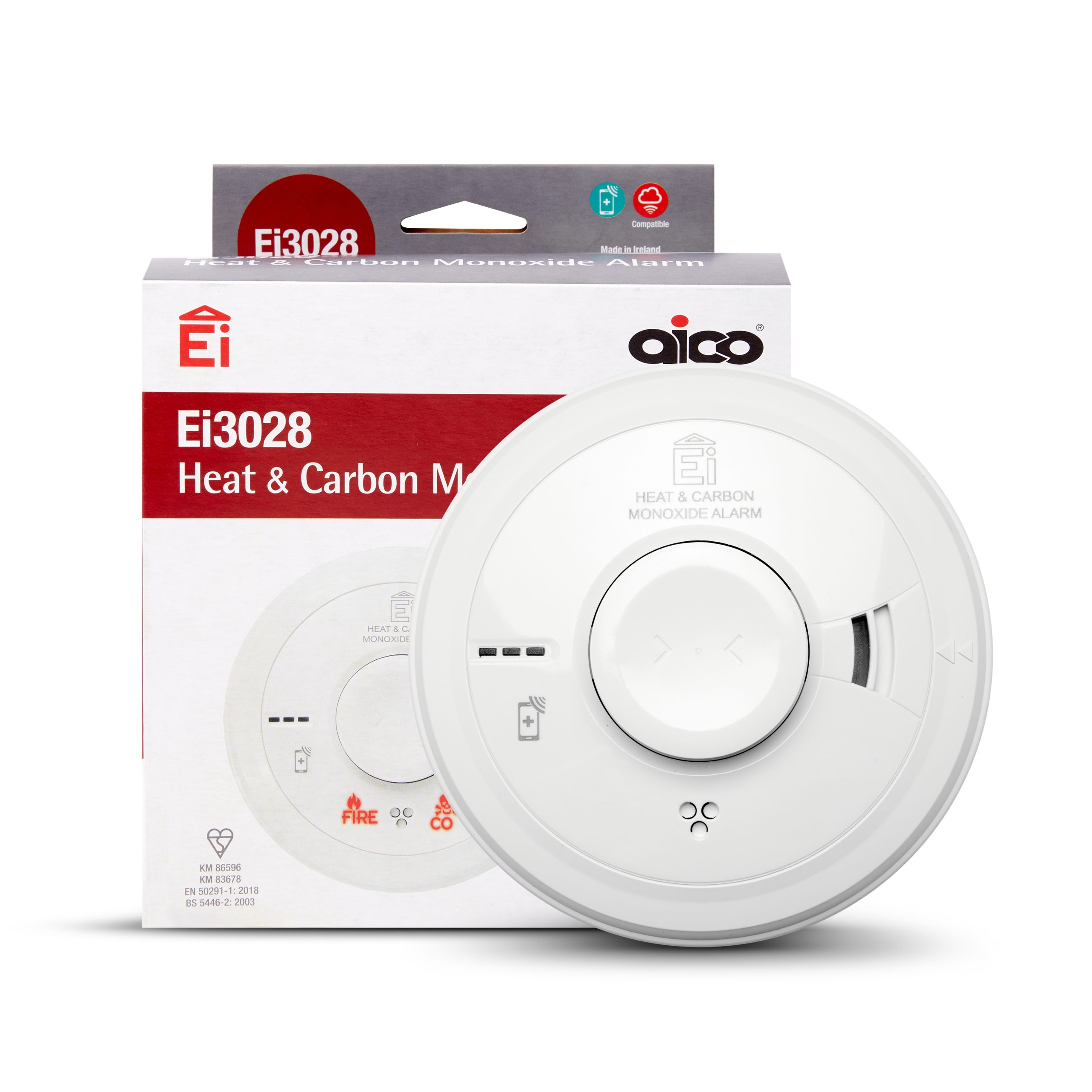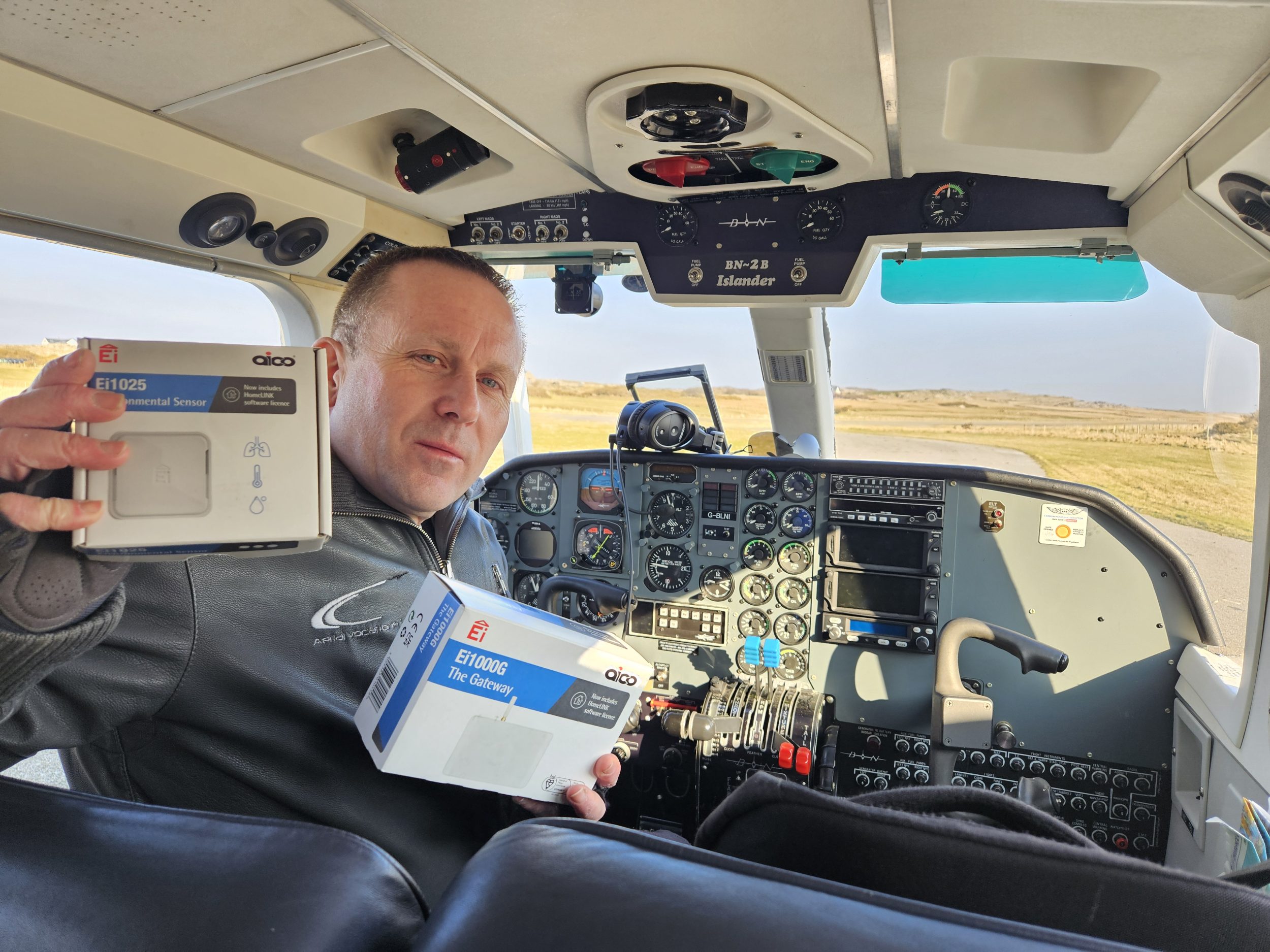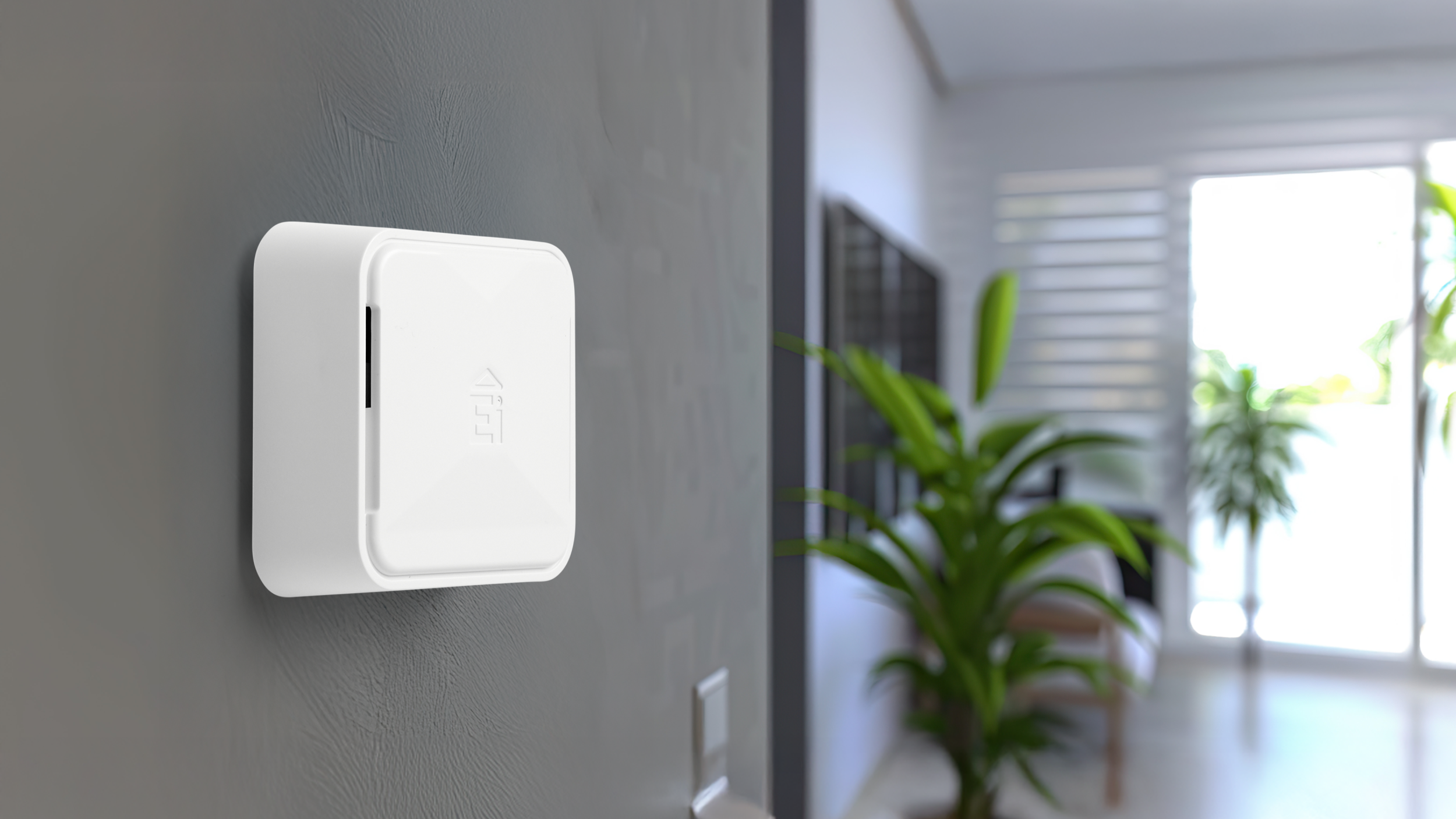Navigating Standards, Regulations and Legislation

Having worked in the electrical and fire sectors for 22 years as an installer, manager, and now a Relationship Manager at Aico, it is clear that there is some confusion around what installers and landlords should be adhering to. Here, we review the relative documents, how they reference each other and how stakeholders should work between them.
Legislation (Law)
The Smoke and Carbon Monoxide Alarm (England) Regulations 2022
In 2022, the government introduced new requirements on Smoke and Carbon Monoxide (CO) Alarms in the social rented sector and new CO Alarm requirements in the private rented sector, which came into force on 1st October 2022. The regulations do not stipulate the type of alarms (such as mains powered or battery powered) that should be installed, but instead, inform landlords of the smoke alarms available, based on the needs of the properties and their tenants. This includes outlining the alarms that are compliant with British Standards 5839-6, and how they link to the Smoke and Carbon Monoxide Regulations 2022.
- CO alarms must be compliant with BS EN 50291-1.
- Smoke alarms must be compliant with BS EN 14604.
In addition, landlords should follow the individual manufacturer’s instructions when installing alarms. To support this, Aico proudly offers free, award-winning Expert Installer Training, designed to ensure Electrical Contractors have all the information they need to effectively install domestic Fire and CO Alarm Systems.
Learn more about the Expert Installer Training and sign up here.
The Homes (Fitness for Human Habitation) Act 2018
On 20 March 2019, a new law came into force to make sure that rented houses and flats are ‘fit for human habitation’. This means they are safe, healthy and free from things that could cause serious harm, including fire and CO safety. If a landlord fails to meet these obligations, the tenant has the right to take the action into the courts for breach of contract.
Building Regulations
Building regulations apply whether you are self-building, renovating or extending a home. In fact, the majority of construction work, including fairly minor alterations, require building regulations compliance. These regulations sit alongside legislation and signpost you back to BS 5839-6 as detailed on page 9 of ‘Approved Document B’. Similarly, ‘Approved Document J’ for Carbon Monoxide will reference you to BS EN 50292:2013, outlining regulations for combustion appliances and fuel storage systems.
Learn more about fire and CO building regulations here.
British Standards
British Standard 5839-6:2019+A1:2020 is the professional document for fire in residential properties. The document details various grades and categories of systems for properties, the varying factor is usually based on type and tenure.
It outlines that a fire risk assessment should always be sought ‘where reasonably practicable’, however these are rarely provided for single homeowner properties or rental properties. Without a fire risk assessment, the British Standards should be upheld as the minimum level of protection.
British Standard 5839 states a competent person working to that standard is a “Person with the relevant current training and experience, and with access to the requisite tools, equipment and information, and capable of carrying out a defined task. (Competent person clause 3.12).” The competent person should be familiar with Table.1 in BS 5839-6 and how to apply them to the various installations they are working on. The document details that all rental properties (New, Material altered & existing) should be installed to Grade D1 to a Category LD2.
So, are electricians always familiar with the above? Often the answer is no. Electricians may have done the electrical City & Guilds training course, 18th edition and even the AM2, but very rarely does this include training on BS 5839-6. However, Clause 560.10 in the wiring regs BS 7671 states “fire alarm and detections systems shall comply with the relevant parts of BS 5839”.
Therefore, it is vital for electrical contractors to gain the appropriate training and qualifications to prove competence in fire alarm and detection. Our CPD certified Aico Expert Installer Training provides exactly that. Once complete, you can then consider the Aico City & Guilds (2426) course, a global benchmark that recognises excellence in training and learning for domestic Fire and CO Alarm Systems.
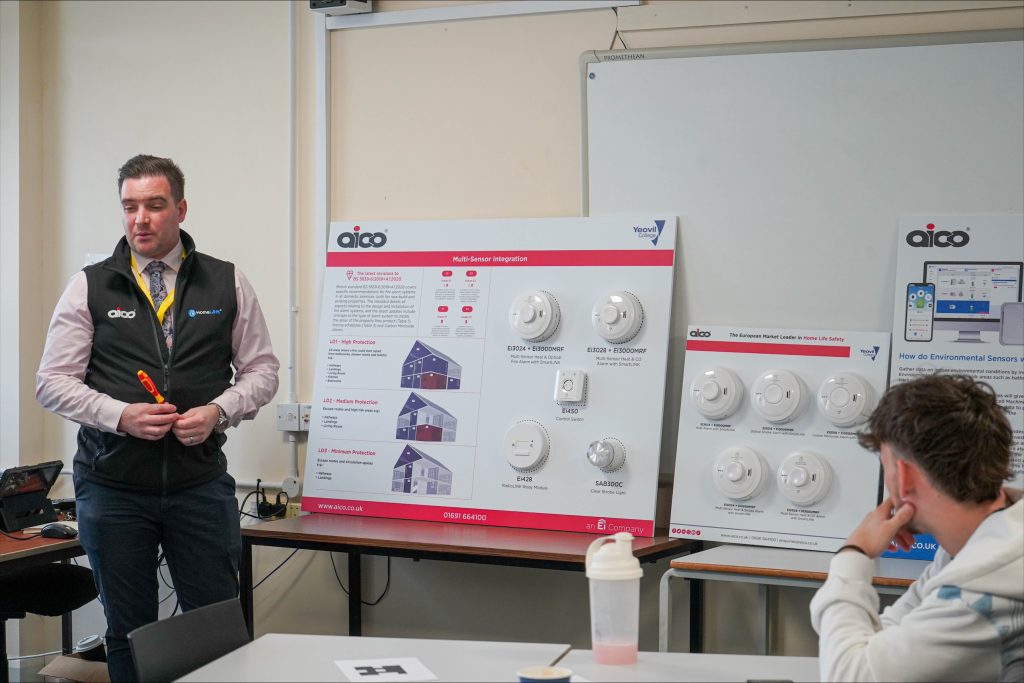
Discover more about Aico’s award-winning training courses here.

